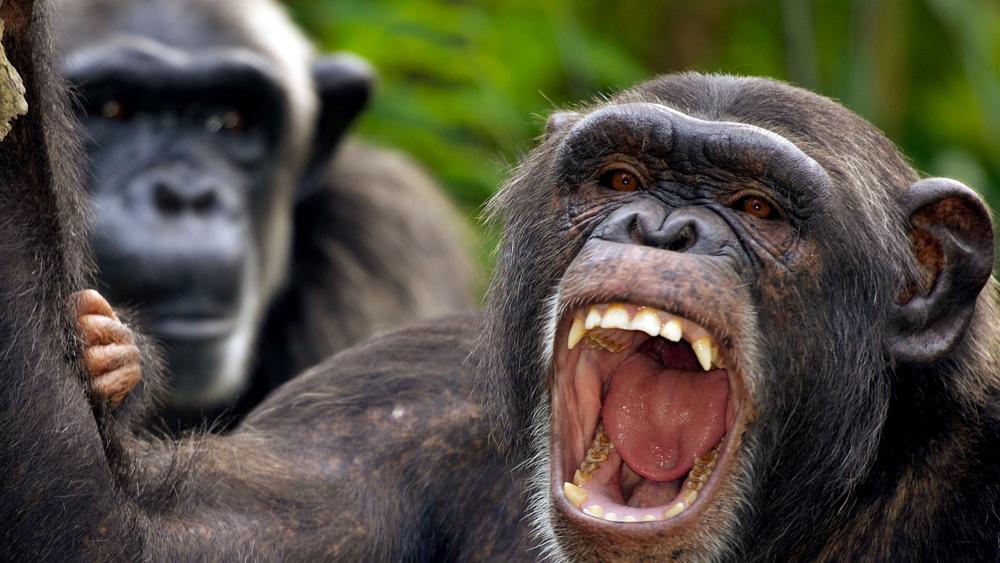Robert Sapolsky in Foreign Affairs:
 He never stood a chance. His first mistake was looking for food alone; perhaps things would have turned out differently if he’d been with someone else. The second, bigger mistake was wandering too far up the valley into a dangerous wooded area. This was where he risked running into the Others, the ones from the ridge above the valley. At first, there were two of them, and he tried to fight, but another four crept up behind him and he was surrounded. They left him there to bleed to death and later returned to mutilate his body. Eventually, nearly 20 such killings took place, until there was no one left, and the Others took over the whole valley.
He never stood a chance. His first mistake was looking for food alone; perhaps things would have turned out differently if he’d been with someone else. The second, bigger mistake was wandering too far up the valley into a dangerous wooded area. This was where he risked running into the Others, the ones from the ridge above the valley. At first, there were two of them, and he tried to fight, but another four crept up behind him and he was surrounded. They left him there to bleed to death and later returned to mutilate his body. Eventually, nearly 20 such killings took place, until there was no one left, and the Others took over the whole valley.
The protagonists in this tale of blood and conquest, first told by the primatologist John Mitani, are not people; they are chimpanzees in a national park in Uganda. Over the course of a decade, the male chimps in one group systematically killed every neighboring male, kidnapped the surviving females, and expanded their territory. Similar attacks occur in chimp populations elsewhere; a 2014 studyfound that chimps are about 30 times as likely to kill a chimp from a neighboring group as to kill one of their own. On average, eight males gang up on the victim.
If such is the violent reality of life as an ape, is it at all surprising that humans, who share more than 98 percent of their DNA with chimps, also divide the world into “us” and “them” and go to war over these categories?
More here.
